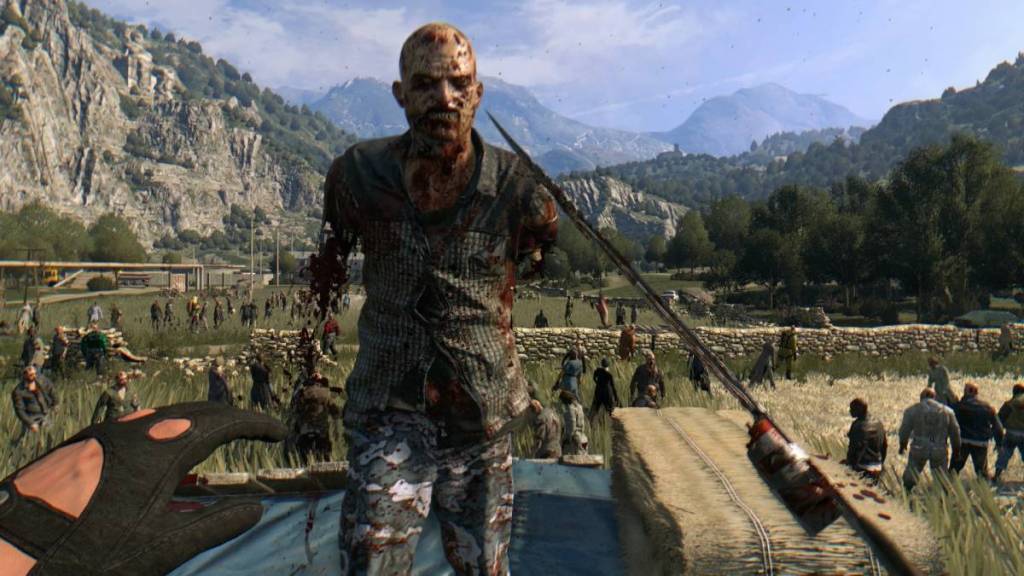What makes Dying Light scary? How does it manage to instil fear in us? What visuals, audio sounds and effects did the designers of Dying Light use to manage to turn Dying Light into a horror game?
Designers make use of several elements to make good horror games. Uncanny behaviour is one of the main psychological aspects that designers use to tap into our subconscious and Dying Light manages to make very good use of it (Extra Credits, 2012).
Uncanny behaviour is when we have certain expectations of an object or being with regards to how it’s supposed to look and act. For example in the case of a human, we know that they can walk, talk and interact with each other, but this perception is altered in a game such as Dying Light which uses zombies, where it leaves us, the viewers disturbed and unsettled because something is not quite right and the uncanny induces feelings of fear because it challenges our own concept of subjectivity and stability, leading us to question our own identities (Tinwell, 2010). Dying Light’s monsters are unnatural, but for them to be frightening they must also be convincing and many people believe them to be so, including me which is why they may come across to us as “scary monsters”.

Dying Light, as well as many other games uses darkness to instil fear in us. Fear of darkness and the unknown has its roots in biology and throughout human history, dark meant danger, and fearing it meant taking precautions to stay safe. We are visual creatures and our fear of darkness is mostly caused because darkness could be hiding something dangerous and it leaves us vulnerable and exposed (Romm, 2016). In the case of Dying Light, stronger, faster and scarier monsters come to hunt at night which in this case, the developers used our fear of darkness against us.
Tension and vulnerability during night time leaves room for the imagination of the player to fill in the gaps of what could be lurking behind the corner which is important for the feeling of fear.
Blood and gore is another fear-inducing factor, but it should only be put in good locations. For Dying Light, the best places would be on zombies’ clothes and mouths and on the floor where some human was eaten alive.

One of the most notable fear-inducing factors that Dying Light uses are the audio and sound effects. The audio sounds used are distinct, memorable and believable and the sound effects send chills down your spine. Sound effects such as gun shots, footsteps, breathing, light switches, doors or in the case of Dying Light, a zombie screaming at the top of his lungs need to be the loudest and the game play around these factors perfectly.
References
Tinwell, A., Grimshaw-Aagaard, M. and Williams, A., 2010. Uncanny Behaviour In Survival Horror Games. [online] ResearchGate. Available at: <https://www.researchgate.net/publication/45456813_Uncanny_behaviour_in_survival_horror_games> [Accessed 10 June 2018].
Romm, C., 2018. Why Some People Never Grow Out Of A Fear Of The Dark. [online] Thecut.com. Available at: <https://www.thecut.com/2016/10/why-are-people-afraid-of-the-dark.html> [Accessed 10 June 2018].
Extra Credits. 2012. Symbolism 101 – How Horror Games Instill Fear – Extra Credits. [online] Available at: <https://www.youtube.com/watch?v=DmV7iugxqEw> [Accessed 10 June 2018].